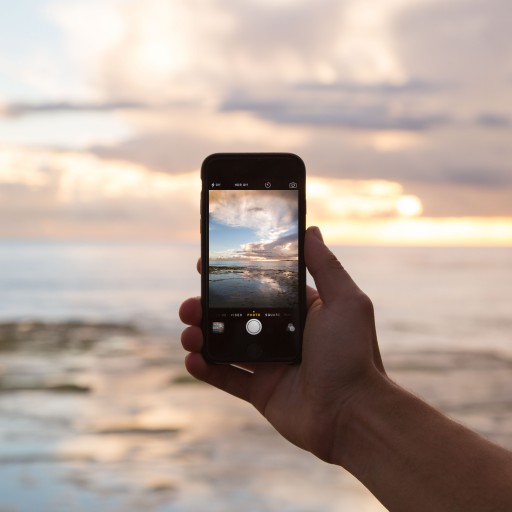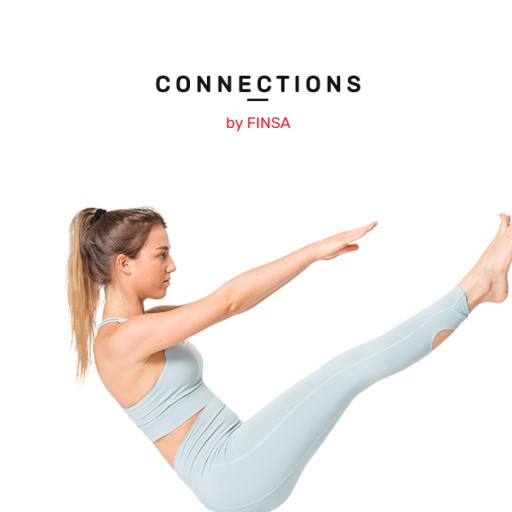Companies and brands want to establish loyalty among their customers to make sure they keep coming back. One way of doing this is by sharing the company’s values with the public. But an even more effective method is letting customers experience these values for themselves. What does that mean exactly? It’s all about creating a shopping experience that shows the customer what the brand’s values are and providing an immersive experience.
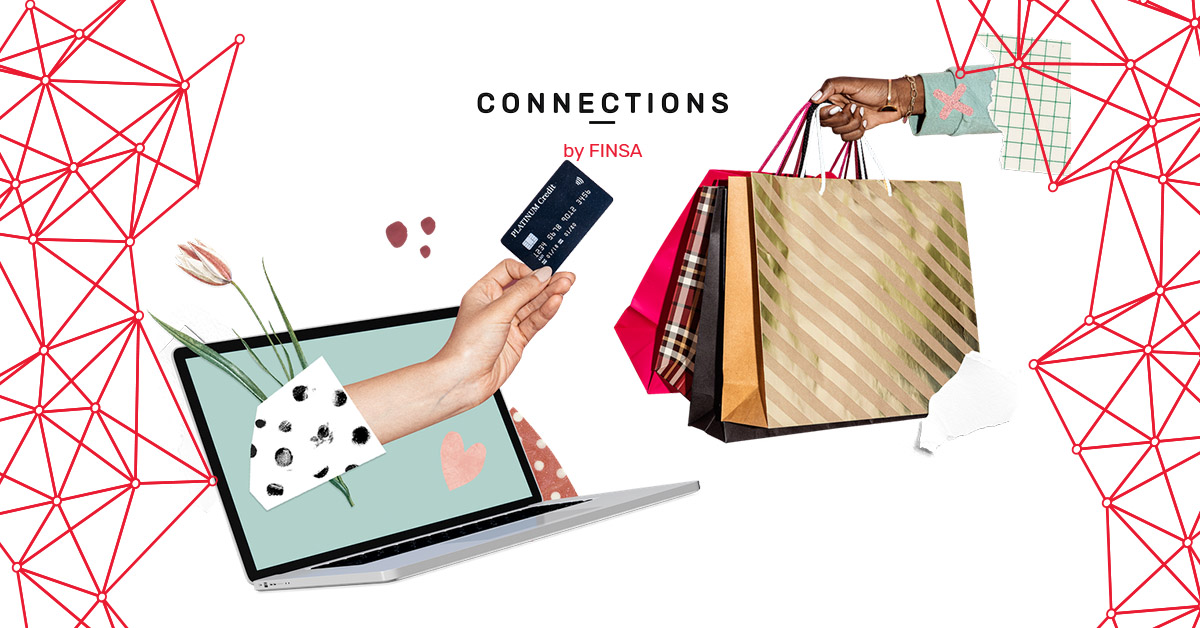
More than a cup of coffee
Let’s take a look at an example. Nespresso set a new benchmark when it comes to going beyond the traditional shopping experience. Their stores are located on the main streets of big cities next to those of big fashion brands. The modern architecture used in their boutiques creates a pleasant atmosphere where customers can try and buy coffee. Their stores are large, full of light, and use light-coloured timber to create clean and elegant surfaces.
Nespresso customers are fans of the brand, so much so that it has become a ‘lovemark’. Visiting a store has become about something more than just buying coffee. What does the company achieve with this approach? Well, customers don’t mind paying a little bit extra thanks to the intangible experiences associated with the act of buying the product.
Apple – the city’s ‘town square’
In tech, Apple is leading the way when it comes to the shopping experience. The brand lets customers interact with products before buying them. This allows consumers to become familiar with the product’s features, making them feel like they have to have it and that they identify with the brand.
Apple’s former vice-president of retail, Angela Ahrendts, compared Apple Stores to the town square of a city, saying that “we’re creating a modern-day town square, where everyone is welcome in a space where the best of Apple comes together to connect with one another, discover a new passion, or take their skill to the next level. We think it will be a fun and enlightening experience for everyone who joins”.
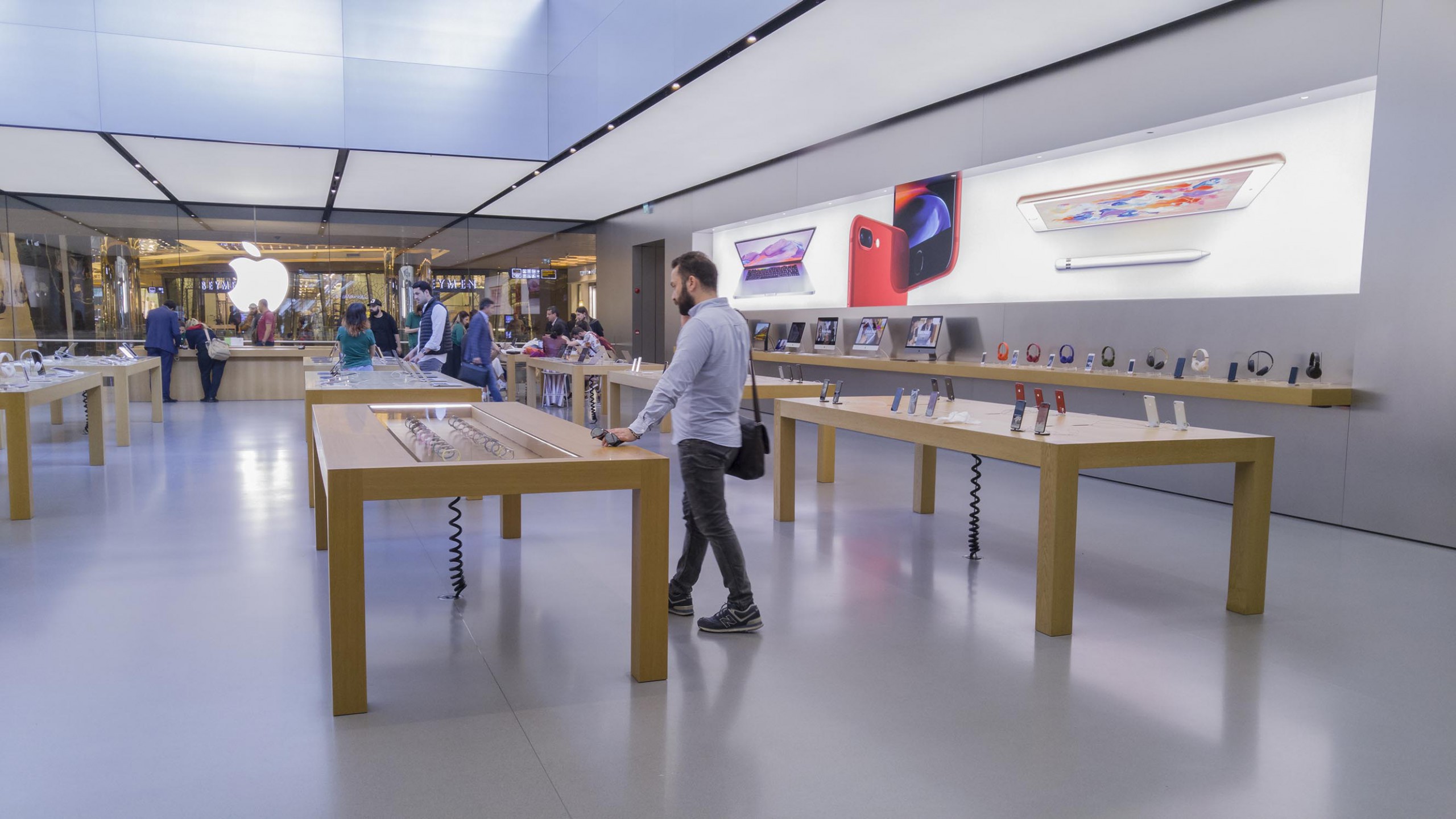
Always choosing the right shopfit
As we mentioned in this post, virtual fitting rooms are the latest thing to hit clothing stores. Zara’s flagship store in A Coruña was the first one of the Inditex group to include virtual fitting rooms that feature a tablet that scans all the items the customer wants to try on. It also allows you to ask for another size, colour, or similar product to be brought to you, without having to leave the fitting room. This makes the customer feel more comfortable in addition to helping them save time.
Another example is Farfetch, a luxury goods brand based in Portugal, that designed the Store of the Future fitting room for Chanel. Customers can ask for other items, see what the clothes look like on the runway, and find other products that go with their selection. Farfetch has also developed a holographic screen that allows clients to design their own personalised shoes.
How can architecture and interior design improve the shopping experience?
Juan Luis Medina, founder of Madrid in Love, an interior design studio that specialises in the restaurant, hotel, and retail sectors, says that “design and interior design have a direct influence on the customer’s shopping experience. Our biggest challenge is creating attractive spaces that can influence the consumer’s mood, thus provoking the impulse to buy”.
When it comes to the interior design of a new space, Medina says that the creation arises from “what the brand wants to transmit and what it wants the customer’s experience to be like”. In a restaurant, he says that the design influences the customer’s perception of the space and that this can improve the gastronomic experience and increase the level of prestige associated with the establishment.
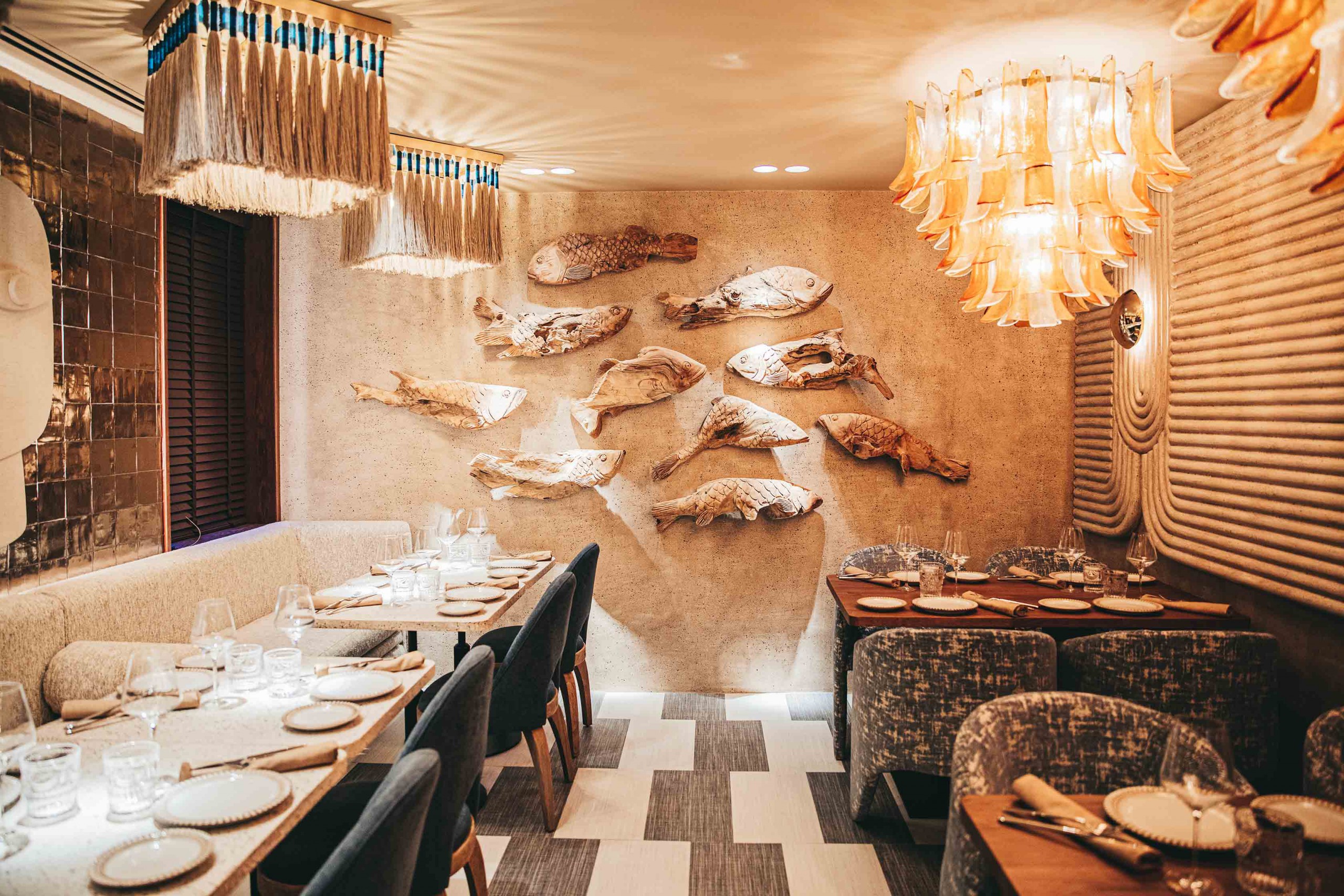
Yoga studios are another example of a place where design can have an influence on the client’s experience. Medina explains that, in a yoga studio, “what needs to be conveyed to the client is very important: calm, relaxation, stimulation of the other senses…To achieve this, we take a lot of care with the lighting. The space is the first thing that influences a client. It’s what we feel and what we touch”.
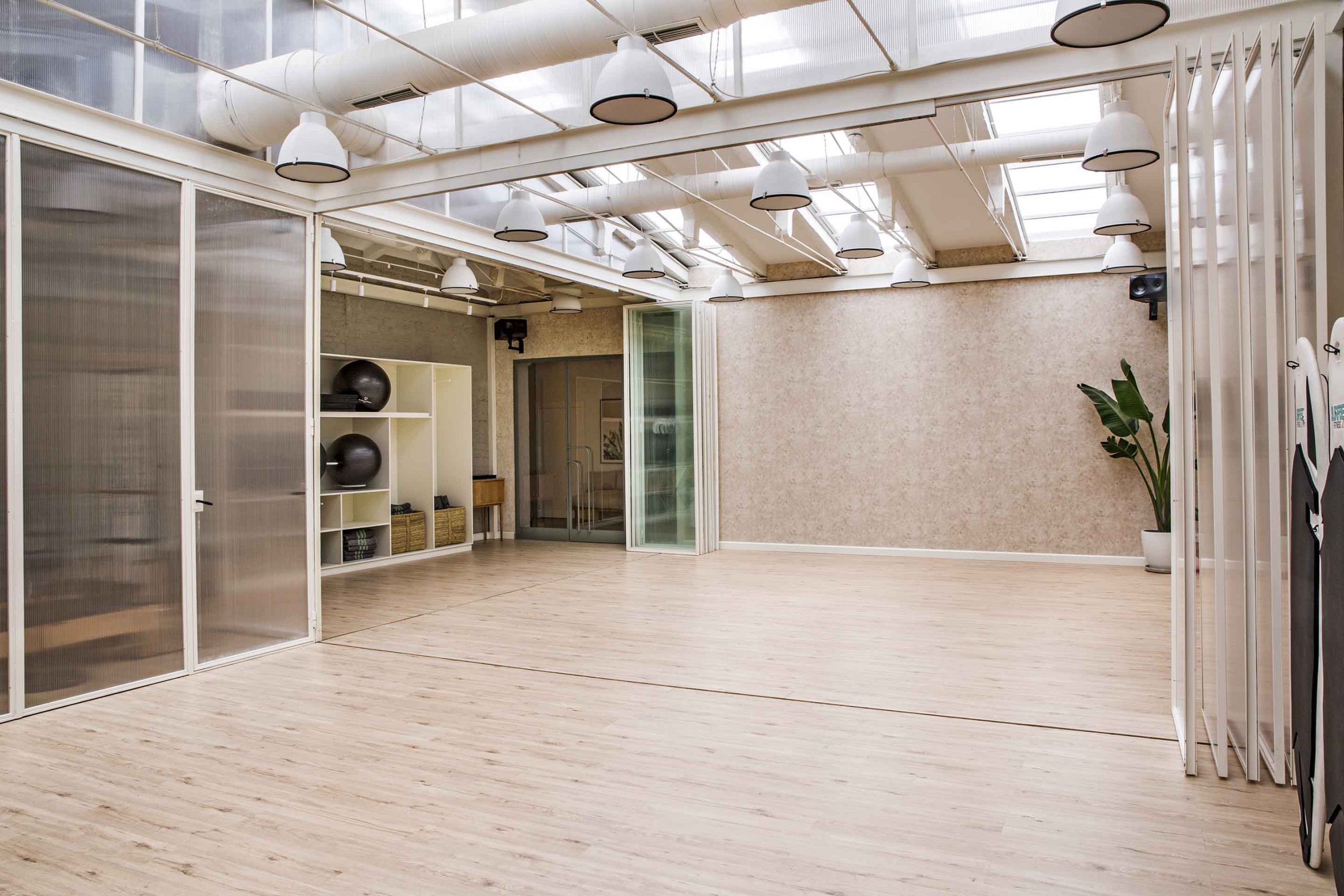
Working on the design of a space, including innovative elements, and making sure corporate values are clear through interior design choices. These are some of the ways to establish customer loyalty through physical and virtual experiences, making them feel like they are a part of their surroundings and turning them into brand ambassadors.


